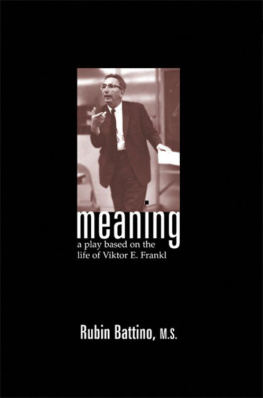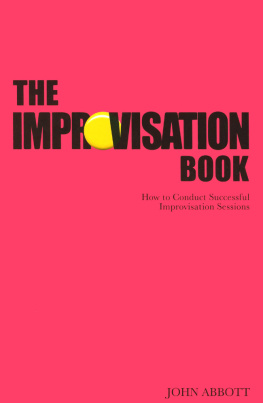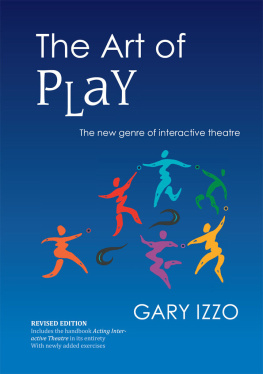
2007 Kenn Adams
All rights reserved. Copyright under Berne Copyright Convention, Universal Copyright Convention, and Pan-American Copyright Convention. No part of this book may be reproduced, stored in a retrieval system, or transmitted in any form, or by any means, electronic, mechanical, photocopying, recording, or otherwise, without prior permission of the publisher.
11 10 09 08 07 5 4 3 2 1
Published by Allworth Press
An imprint of Allworth Communications, Inc.
10 East 23rd Street, New York, NY 10010
Cover design by Derek Bacchus
Interior design by Robin Black, www.blackbirdcreative.biz
Page composition/typography by Integra Software Services, Pvt., Ltd., Pondicherry, India
Cover photo by Nicole Potter-Talling
ISBN-13: 978-1-58115-493-1
ISBN-10: 1-58115-493-3
eBook ISBN: 978-1-58115-797-0
Library of Congress Cataloging-in-Publication Data
Adams, Kenn.
How to improvise a full-length play : the art of spontaneous theater / Kenn Adams. p. cm.
ISBN-13: 978-1-58115-493-1 (pbk.)
ISBN-10: 1-58115-493-3 (pbk.)
1. Improvisation (Acting) 2. Playwriting. I. Title.
PN2071.I5A33 2008
792.02'8dc22
2007015623
D E D I C A T I O N
To Laura Livingston, Michael Durkin, and the fabulous improvisers of Freestyle Repertory Theater ... now, then, and always.
To Ruby, my mom, for her unconditional love and support.
To Heather Adams, my beautiful daughter, who fills me, each day, with the magic of make-believe.
F O R E W O R D
Ive never met an artist like Kenn Adams. We worked together in several of his plays including Les Masquerades and Cunning Cappuccino, the first a brilliant pastiche of Molire and the second an equally brilliant takeoff on Commedia dellArte.
Hes funny. And he can instinctively look at a play genre, break the structure down into essential parts, and then reconstruct it into something that not only makes me laugh out loud but also, like Alan Ayckbourns work, delights me with its genius and understanding. Id travel anywhere to see a production of his first play,Once Upon a Time There Was A Family... , written when he was in high school, a door-slamming farce about middle America where the characters narrate their own actions.
We worked together in the improvisation company Freestyle Repertory Theater. His understanding of what makes a play work was key in developing a variety of our improvised fulllength formats: comedies, dramas, mysteries, and musicals. The Next Big Broadway Musical, a one-act musical improv based on this work, is still running in New York City.
Im thrilled that he has written it all down at last. This Play by Play structure has spread and is being used in companies around the world. And now, here it is. Enjoy, enjoy.
DAN DIGGLES, author of Improv for Actors
December 20, 2006
A C K N O W L E D G M E N T S
I am deeply indebted to the gifted improvisers of Freestyle Repertory Theater, who have contributed to the development of this work throughout the course of many years. In addition to the amazing original cast of Play by Play, the project has benefited from the inspired talent of Michael Durkin, Kat Koppett, Christine Turner, Sam Cohen, Michael Rock, Debbie Rabbai, Adam Felber, Dan Diggles, and Mark Temares, our inspired lighting improviser.
Most of all, I am indebted to Laura Livingston, the artistic director of Freestyle Repertory Theater. In addition to her sheer intelligence and humbling talent, it is her passion for improvisation, her vision for its great potential, her insistence upon holding it to its highest of possible standards, and her deep respect for the actors art that have allowed an untested, intellectual concept to blossom into a living, breathing piece of theater.
The cast for the original production of Play by Play was Laura Livingston, Hugh Sinclair, Wendy Dillon, Clara Rodriguez, and myself. It was set in a bathroom.
P R E F A C E
Think of the greatest play you have ever seen. Remember how well it was acted, how gracefully directed, how beautifully composed. Remember how ridiculously hard it made you laugh or how deeply and tenderly it allowed you to cry. Remember the characters. Remember the dialogue. Remember the story. And, finally, remember how you felt as you leapt to your feet, hurt your hands from clapping, and screamed yourself hoarse at the curtain call. Pause for a moment, and remember that play.
Now, what if that play could be improvised? Well, Im here to tell you that it can, and thats why Ive written this book, to teach the experienced improviser exactly how to do it.
I started improvising in 1989 with New York Citys Freestyle Repertory Theater. At the time, however, they called the company TheaterSports New York; and Keith Johnstones TheaterSports, his brilliant showcase for short-form improvisation, was the only show they performed. I say they because my entry-level position with TheaterSports New York was that of the intern, which basically meant that I sold tickets and ran the concession booth a lot more often than I performed in the shows. From this perspective, then, behind the makeshift bar in the back of the Westside Arts Playhouse, at 11:00 P.M. on Friday nights, I watched this amazing group of actors spontaneously create some of the funniest theater I had ever seen on stage.
The actor part of me was itching to get on stage with them, but the playwright part of me was going nuts. What if they didnt stop improvising after two or three minutes? What if they didnt bring the lights down on the funniest joke? What if they kept on going and improvised a full-length play?
My passionmy obsessionwas born.
In 1990, I joined the company with full performing rights and I brought my idea to Laura Livingston, the groups artistic director. Lauras vision had always been to innovate the art form of improvisation, and she had every intention of taking the group past TheaterSports. My idea for a full-length improvised play fit right in line with her goals for the company, and she did what she always didon stage or offshe accepted my offer and made me look good.
I called the show Play by Play. The original version was performed in two acts and had a cast of five. Each act was forty-five minutes in length. Each actor played only one character, and the entire show took place in a single location and in real time. We did, however, allow ourselves a time jump in between acts if we felt like taking one. We took suggestions at the top of the show, regarding either the title or the relationship between the main characters, but not during the show.
The reason for the strict set of rules was to force us to develop our narrative muscles. Short-form improvisation provides many narrative escapes such as time jumps (Cut to two years later!), space jumps (Cut to the Oval Office!), abandoned characters (Oh, she died!), and the ever merciful fade to black from the lighting improviser. Our goal was to take away these short-form escape routes and learn to make a play.
However, we soon discovered that the Play by Play Structural Mapthe tool that I developed in order to improvise a solid dramatic structureis not bound to this original format. Rather, it has proven to be a road map for telling a sound dramatic story, and it works in a two-minute play as well as a two-hour play; a play in which all of the actors portray only one character as well as a play in which one actor portrays all of the characters; and a play in one location as well as a play in a million locations. It just works. In fact, as we have learned through experience, the more innovative and nontraditional the format, the more important it is to have a strong narrative underpinning holding it all together.
Next page
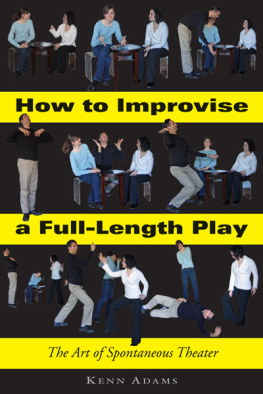
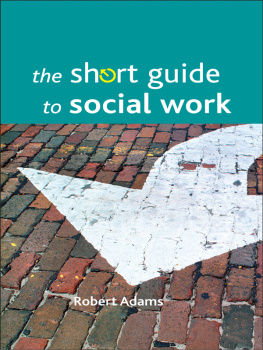
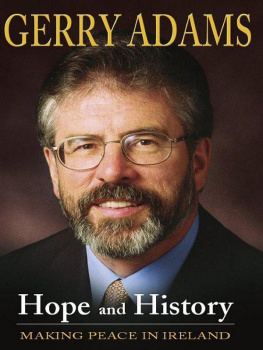
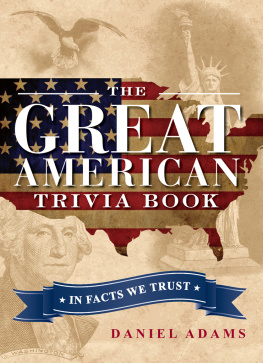
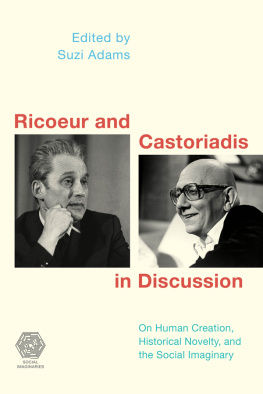
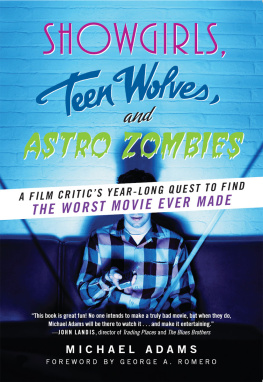
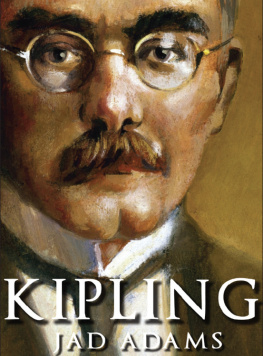

![Viola Spolin - Improvisation for the Theater: A Handbook of Teaching and Directing Techniques [1963 ed.]](/uploads/posts/book/406435/thumbs/viola-spolin-improvisation-for-the-theater-a.jpg)

